Privacy Policy | Terms and Conditions | Disclosure Statement | License Policy
COPYRIGHT © 2024 | NUMBER 8 COOKING | ALL RIGHTS RESERVED.

Privacy Policy | Terms and Conditions | Disclosure Statement | License Policy
COPYRIGHT © 2024 | NUMBER 8 COOKING | ALL RIGHTS RESERVED.

Privacy Policy | Terms and Conditions | Disclosure Statement | License Policy
COPYRIGHT © 2024 | NUMBER 8 COOKING | ALL RIGHTS RESERVED.
When I first became a chef decades ago, one of the first things I learned was the basic methods of cooking. There are 15 methods of cooking. They are timeless and have been used for centuries.
Cooking is an art form that transcends cultures and time; rooted in these fundamental methods is a structure of cooking methods that yield various results.
ADVERTISEMENT CONTENT BELOW
Whether you’re a novice or a seasoned cook, understanding the basic methods of cookery is essential for mastering culinary skills and creating delicious meals.
In this fundamental guide, we’ll explore the various techniques, from moist heat to dry heat, and how each method can transform ingredients into culinary delights.
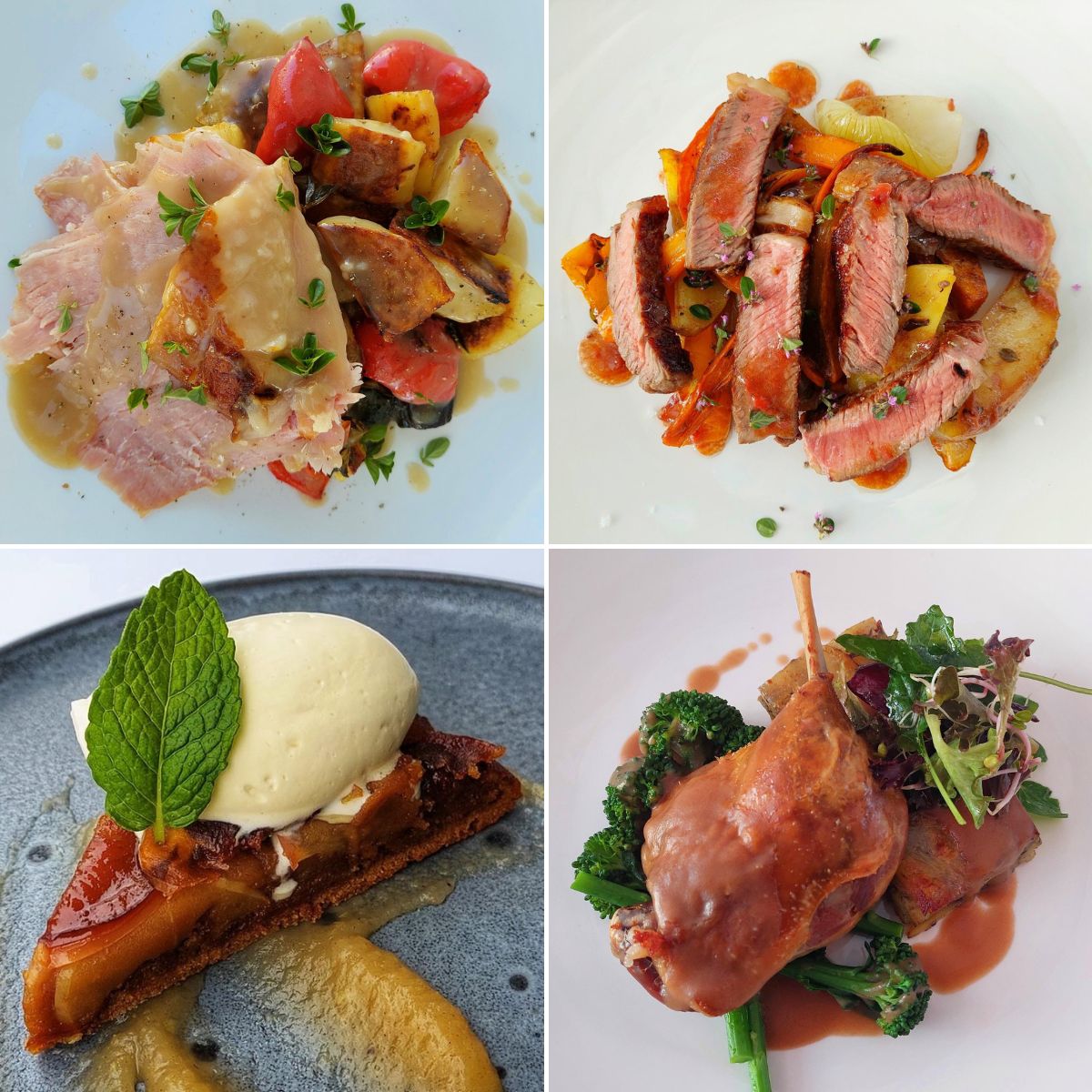
ADVERTISEMENT CONTENT BELOW
Adding a liquid to ingredients usually secondary cuts of meat and cooking over long periods of time. This will achieve a tender moist result.
Braising is a technique that combines both moist and dry heat cooking methods. It involves searing meat or vegetables in fat or oil. Then, slowly simmer them in a flavorful liquid, such as stock with wine, in a covered pot or Dutch oven placed inside a low-preheated oven. This low and slow cooking process breaks down tough fibers in meat, resulting in tender, succulent dishes packed with intense savory flavors.
Braising basic methods of cookery — Ensure the meat is well-seared before braising to develop rich flavor and enhance the final dish’s savory complexity.
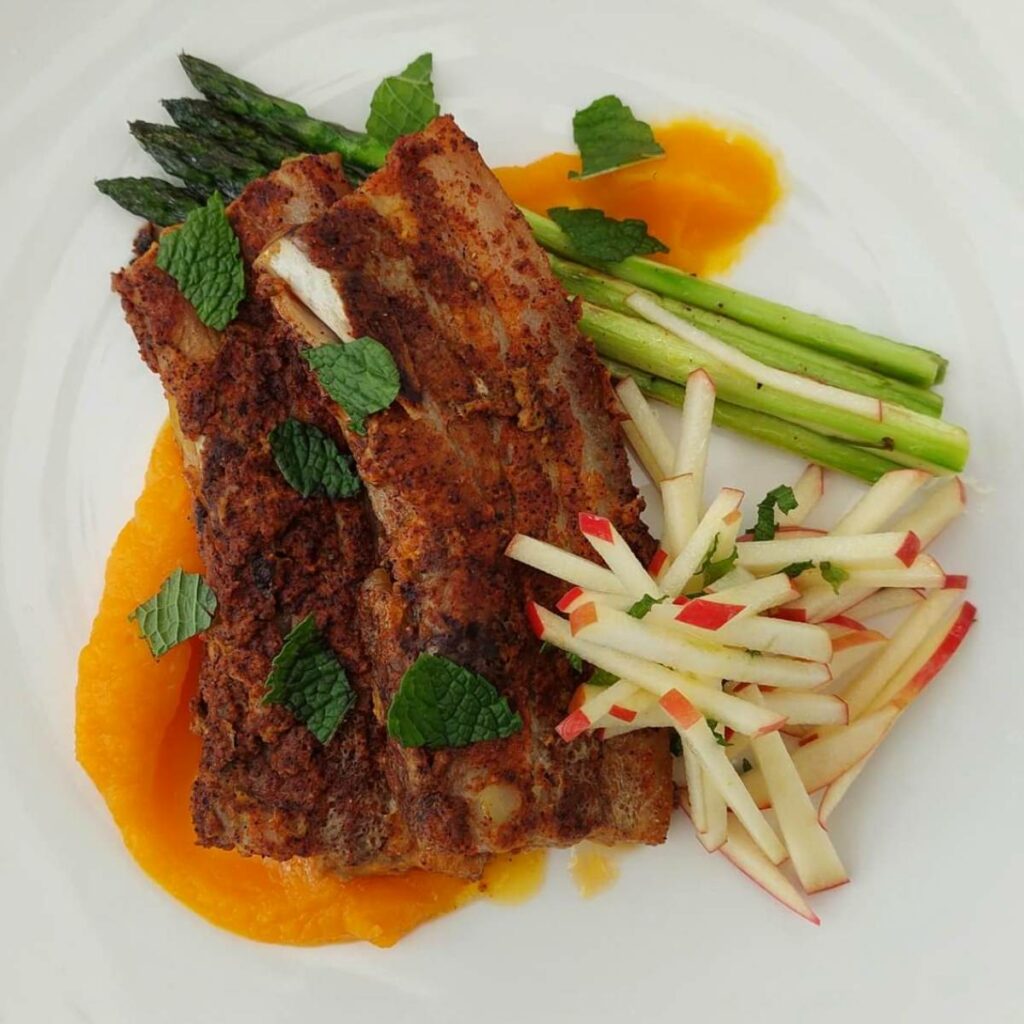
This rub for pork belly slices is a simple yet flavorful seasoning blend with a secret ingredient you won’t believe. Perfect for adding flavor depth and another dimension to your pork dishes.
ADVERTISEMENT CONTENT BELOW
Confit, a traditional French technique, involves slow-cooking meat in its own fat at low temperatures. The meat is seasoned, submerged in fat, and cooked slowly for several hours until tender. This method preserves the meat while infusing it with rich flavor and texture. Once cooked, the meat can be stored in the fat for an extended period and then reheated for serving.
Confit basic methods of cookery — Ensure that the meat is completely submerged in the fat during the confit process to prevent it from drying out.
Duck confit with garlic and thyme, a culinary classic loved by food enthusiasts worldwide. Embrace this timeless classic, restaurant quality French cuisine.
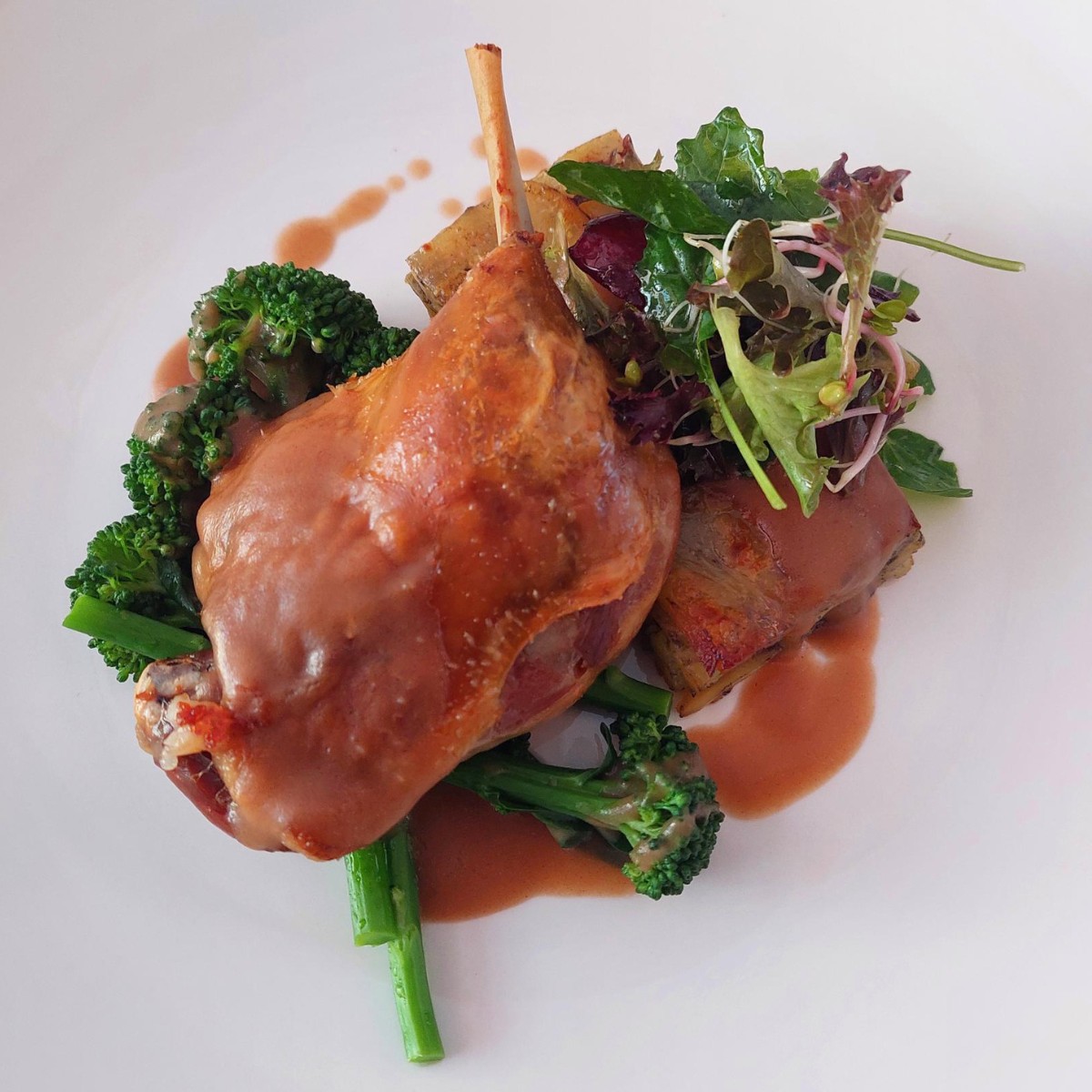
Pot roasting is another moist heat cooking method involving significant cuts of meat in a covered pot or Dutch oven with a small amount of liquid and aromatic herbs. The meat is typically seared first to develop flavor and then simmered in the oven until tender. This method is ideal for tougher cuts of meat, as the slow cooking process helps to tenderize and infuse them with rich flavors.
Pot Roasting basic methods of cookery — Use a tight-fitting lid or cover the pot with foil to trap steam and ensure the meat stays moist and tender during the pot roasting process.
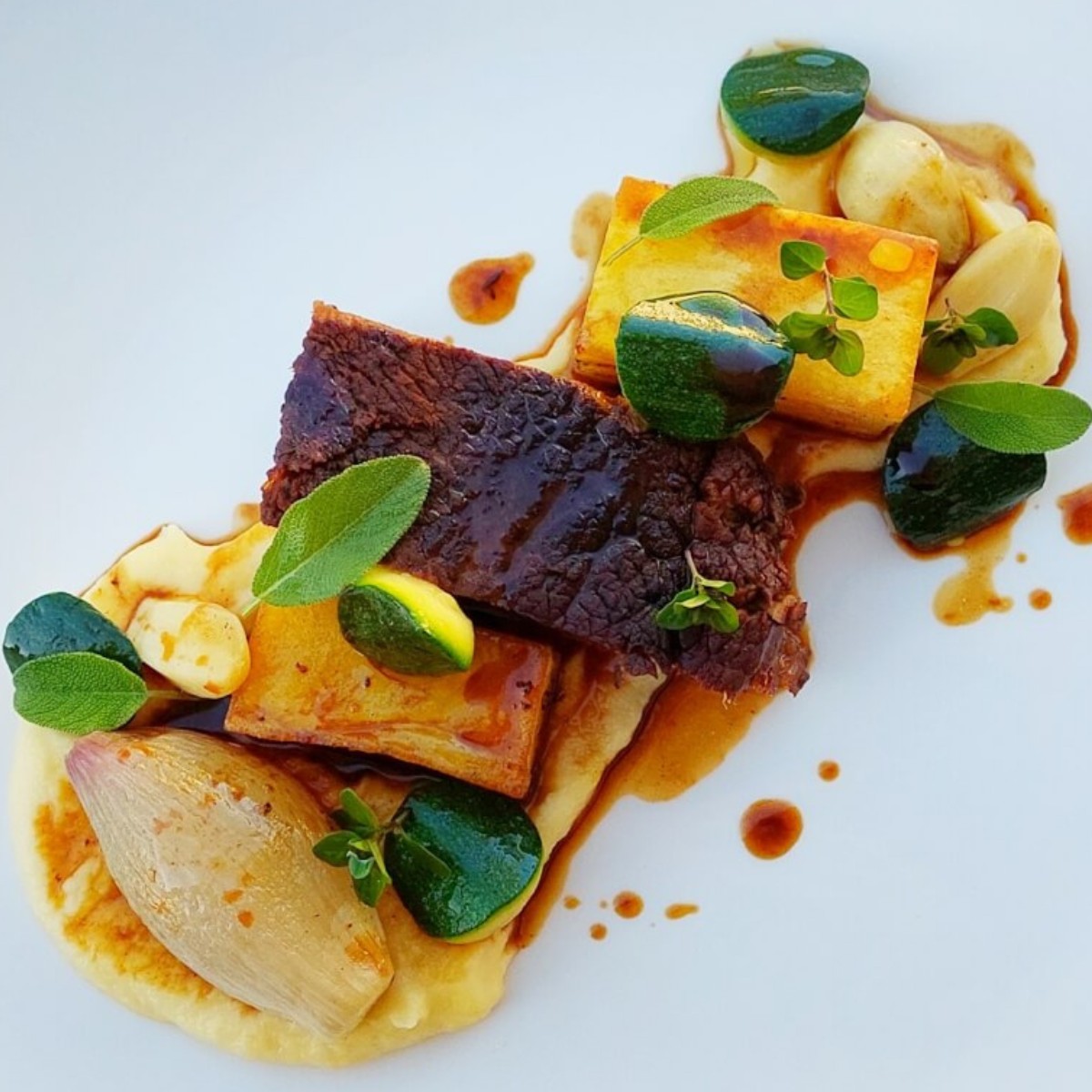
Pot roasted beef with savory herb rub. Discover the magic of our culinary creation. A showstopper, sure to steal the spotlight! It’s an old classic, given a facelift.
ADVERTISEMENT CONTENT BELOW
Boiling is perhaps one of the simplest cooking methods, involving immersing food in seasoning boiling liquid, usually water until cooked through. This method is commonly used for cooking pasta, vegetables, grains, and soups. It’s important to monitor the cooking time carefully to prevent overcooking and ensure the food retains its texture and flavor.
Boiling basic methods of cookery — Add a generous pinch of salt to the boiling water to enhance the flavor of the cooked food, such as pasta or vegetables.
Discover the heartwarming flavors of Grandpa’s Vegetable Soup, bursting with flavor. A cherished family heirloom recipe passed down through generations.
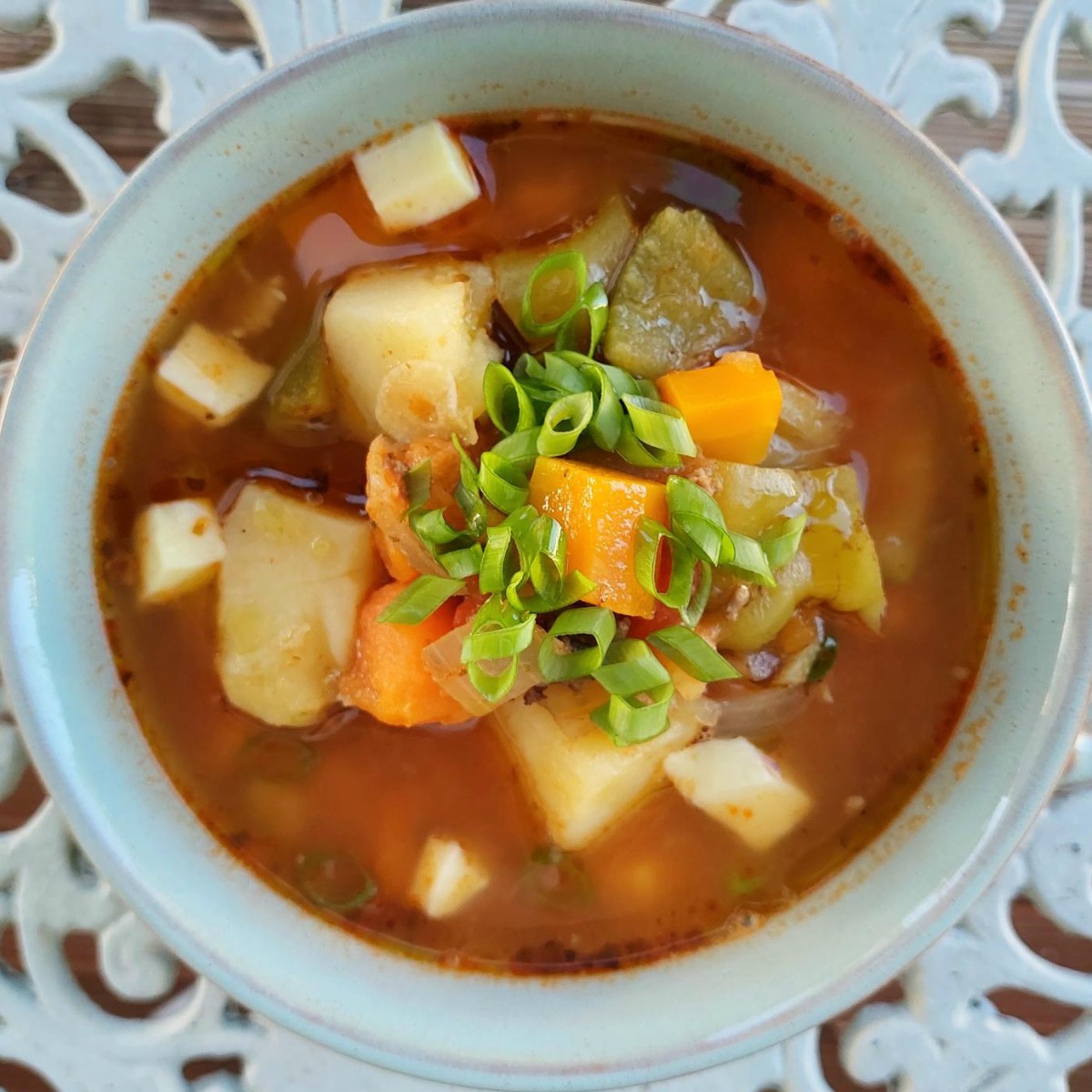
Poaching involves gently simmering food in liquid, such as water, broth, or wine, until cooked through. This method is often used for delicate proteins, such as fish, chicken, or eggs, as it helps to preserve their moisture and flavor. Poached foods can be served hot or cold, often accompanied by flavorful sauces or broths.
Poaching basic methods of cookery — Maintain a gentle simmer rather than a rolling boil when poaching delicate proteins like fish or eggs to prevent them from breaking and falling apart.
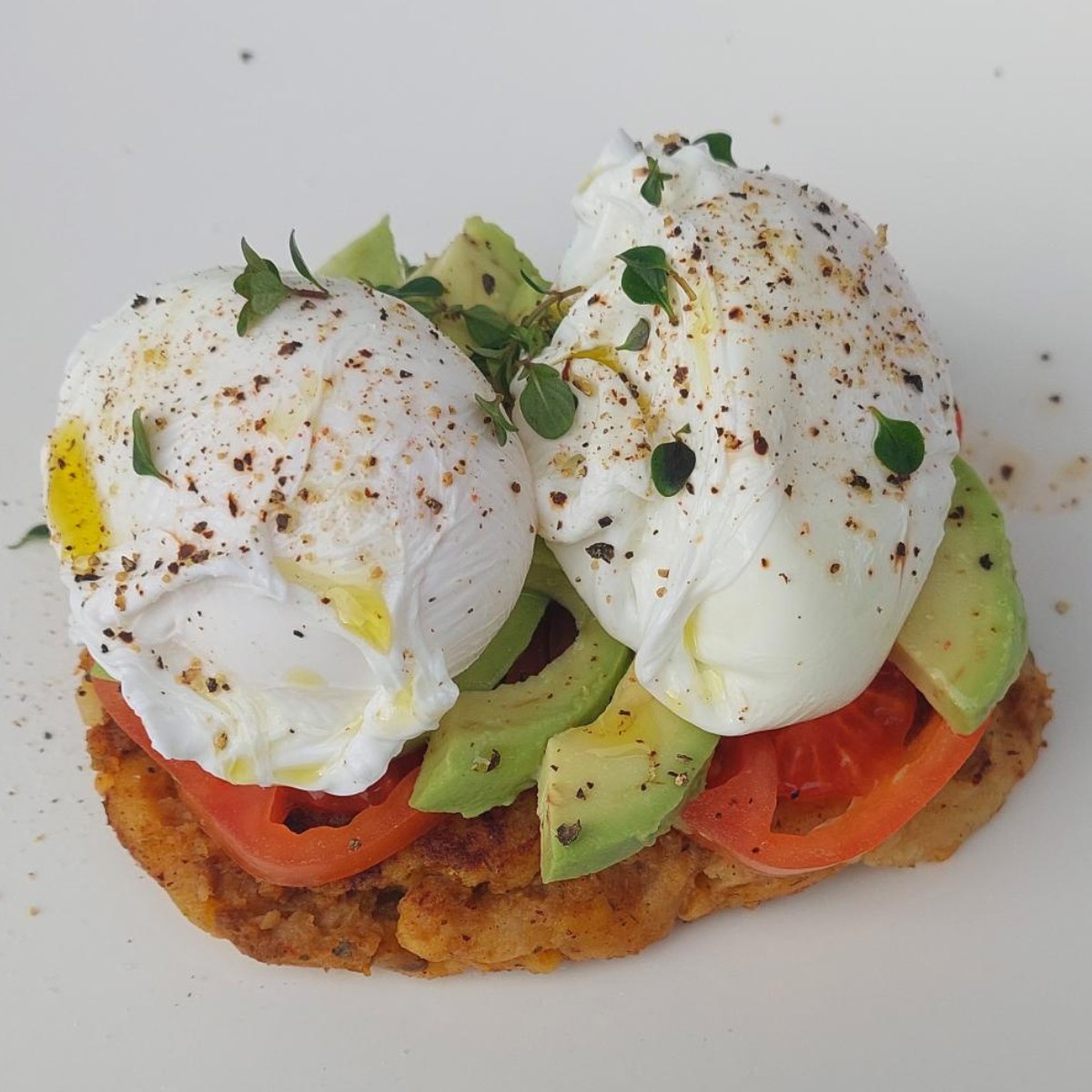
Transform yesterday’s mashed potatoes and beef ragu into breakfast hash browns. Add poached eggs, avocado, and tomato for a tasty leftover mashed potato breakfast.
Steaming is a gentle method of cooking food over boiling water in a covered pot or steamer basket. This method preserves the natural flavors and nutrients of the ingredients while keeping them moist and tender. Steaming is ideal for dumplings, vegetables, and fish, producing vibrant and healthful dishes with minimal added fat.
Steaming basic methods of cookery — Use a steamer basket or a bamboo steamer lined with parchment paper to prevent food from sticking to the steaming surface.
Steaming can also be wrapped in aluminum foil or baking paper and placed into the oven. This creates a stem chamber inside the foil. This French steaming method is called “En Papillote” or cooking in an envelop.
Portobello mushrooms with fresh herbs combine meaty ‘shrooms with broccolini, purple potatoes, and sweet potato puree for an easy yet flavorful vegetarian meal.
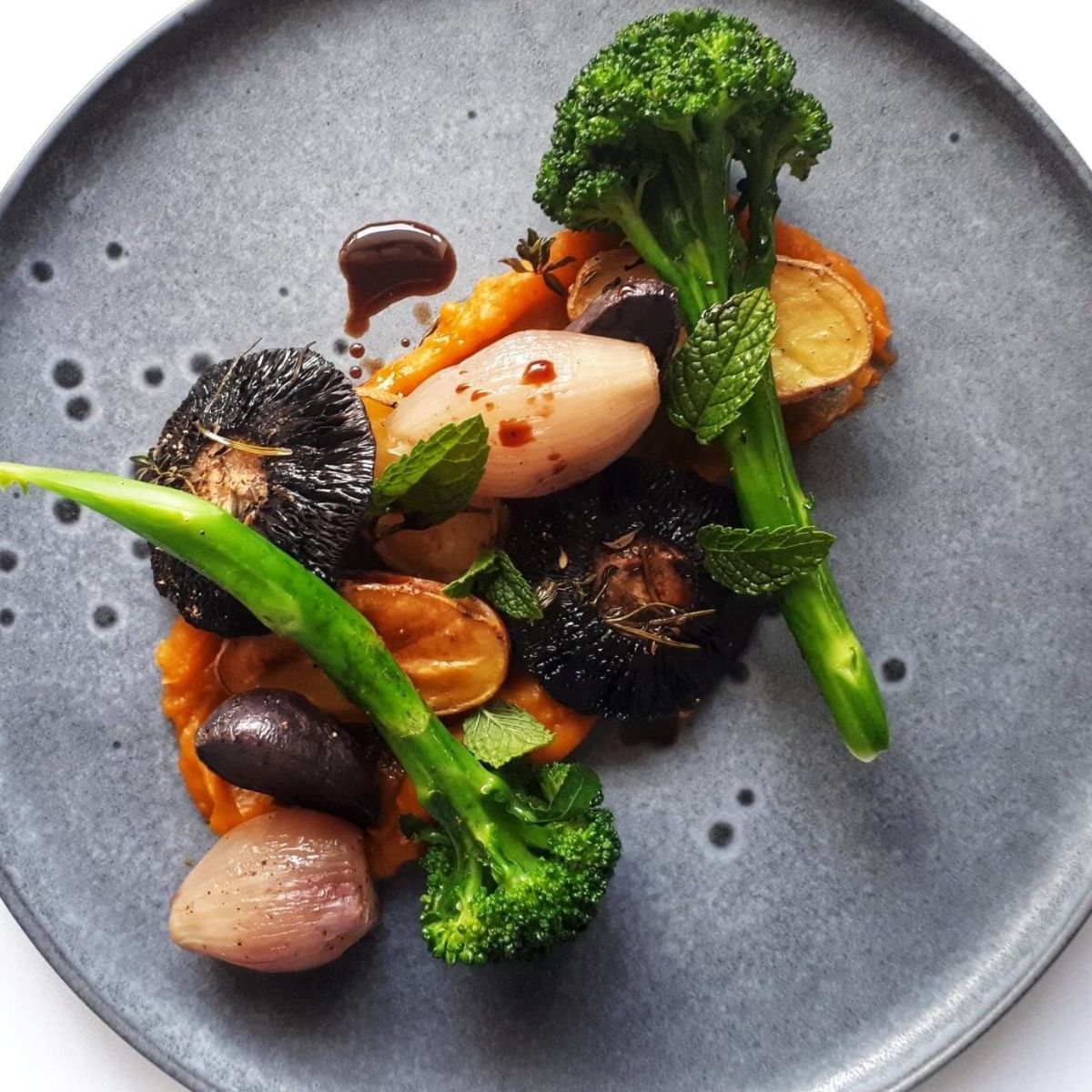
ADVERTISEMENT CONTENT BELOW
Stewing is a slow cooking method that involves simmering ingredients in a flavorful liquid, such as stock, wine, or sauce, until tender. This method is perfect for tough cuts of meat, root vegetables, fruits, and legumes. The low and slow cooking helps break down fibers and infuse the dish with rich flavors. Stews are versatile and can be customized with various ingredients and seasonings to suit your taste.
Stewing basic methods of cookery — Allow the stew to simmer over low heat, stirring occasionally, to allow the flavors to infuse and develop fully.
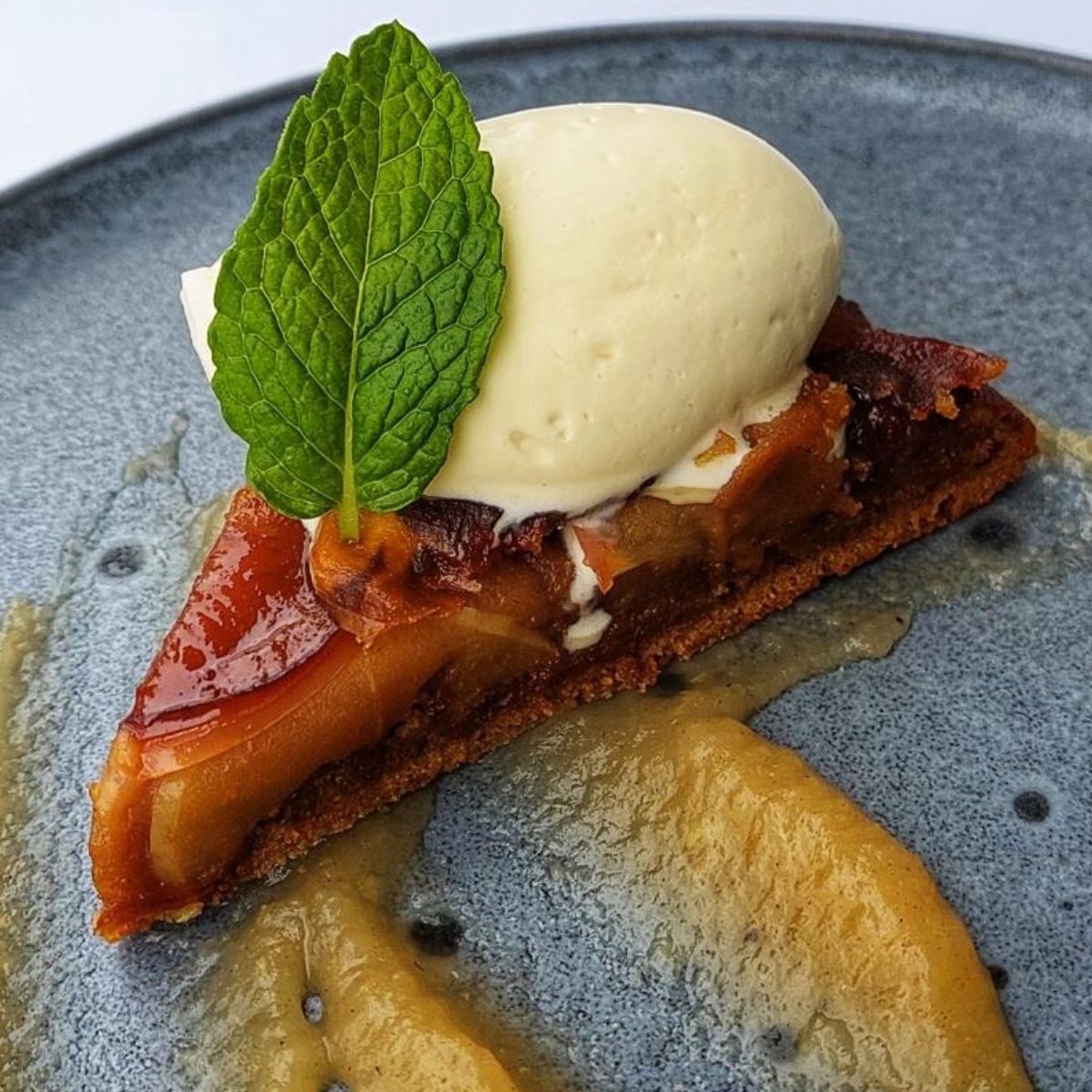
Discover the marriage of flavors, in our apple upside down cake, where the culinary fusion of muscovado sugar and caramelized apples creates a timeless classic.
Baking is a dry-heat cooking method that involves cooking food in an oven using indirect heat where no fat or oil is added. This method is commonly used for baking bread, pastries, and cakes. However, it can also be used for meats with high-fat content, potatoes, and casseroles, resulting in golden brown crusts and tender interiors. Baking requires precise measurements and temperatures to achieve optimal results, making it a favorite among home bakers and professional pastry chefs.
Baking basic methods of cookery — Always preheat the oven before baking to ensure even cooking and proper rising of baked goods.
Looking for a simple way to cook ham? Check out our convection oven baked ham recipe with a sweet, punchy honey mustard glaze. It’s easy and oh-so-delicious!
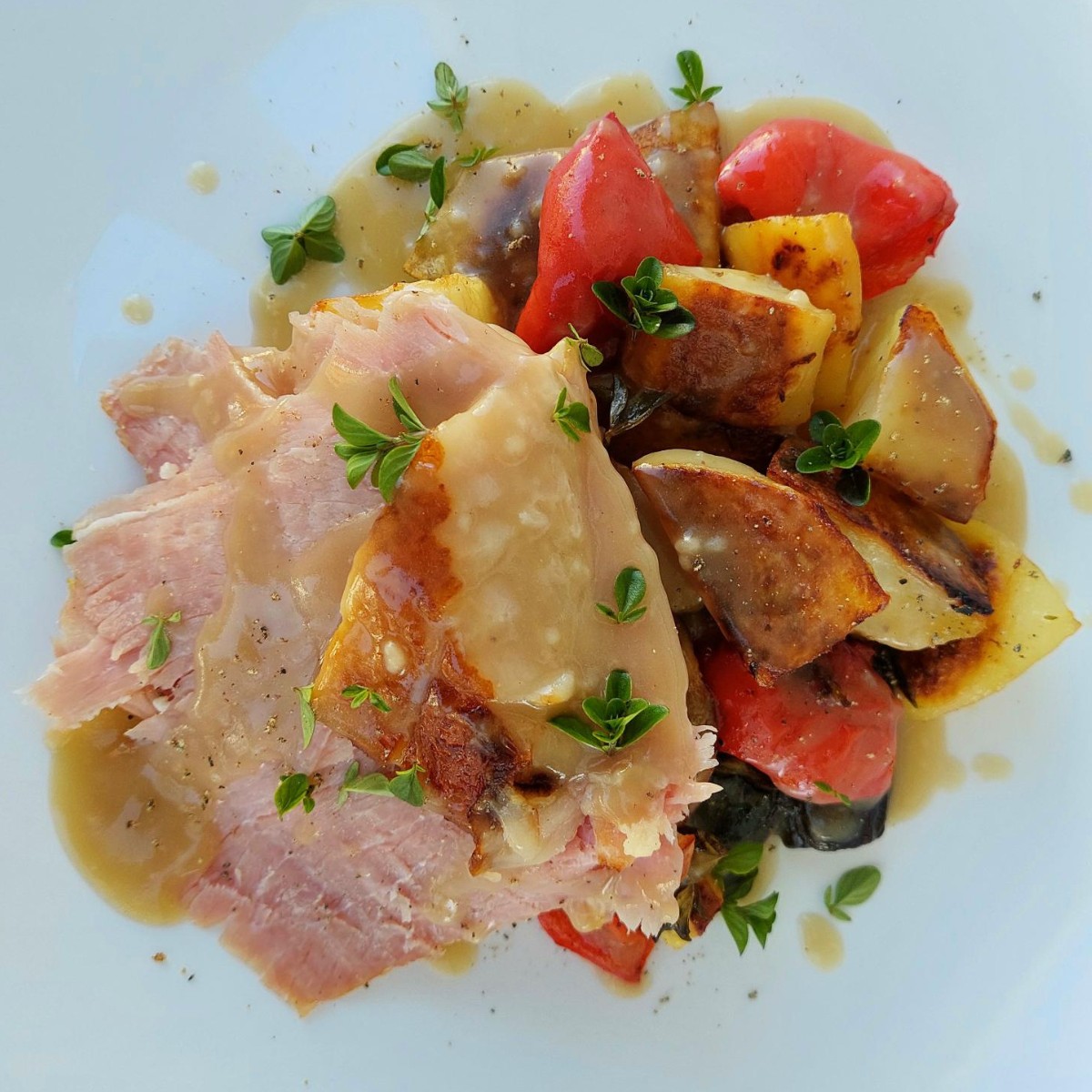
ADVERTISEMENT CONTENT BELOW
Broiling is a high-heat cooking method that involves cooking food under direct heat in an oven or broiler. This technique is ideal for quickly cooking proteins like steak, chicken, or fish while creating a caramelized crust on the exterior. The meat is turned, and the cooking process is monitored closely to prevent burning and ensure that the food cooks evenly.
Broiling basic methods of cookery — Adjust the oven rack to the closest position to the broiler to achieve maximum heat and ensure quick and even cooking.
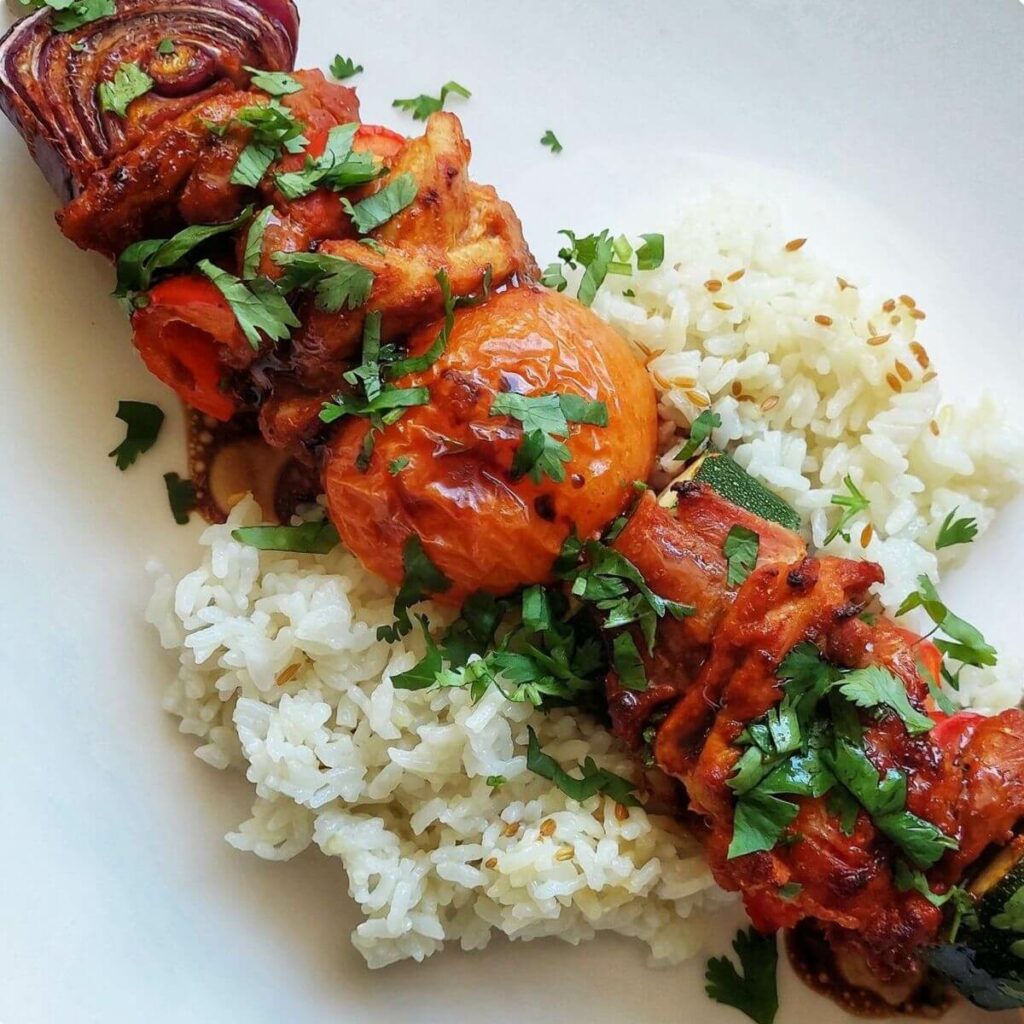
The best chicken kebab marinade where simplicity meets taste. I’m going to share with you a simple and flavorful marinade that works every time. You’ll love it.
Roasting is a dry heat cooking method that involves cooking food in an oven using hot, circulating air. This method is commonly used for roasting meats, poultry, vegetables, and fruits. Resulting in tender, caramelized dishes with rich flavors and aromas. Roasting requires proper seasoning and basting to ensure the food cooks evenly and develops a golden brown delicious crust.
Roasting basic methods of cookery — Let the meat rest at room temperature for about 30 minutes before roasting to ensure even cooking and a juicy interior.
Experience the flavors from a pro chef. With our convection oven-roasted lime thyme and ginger chicken recipe. Your ticket to gourmet cooking at home.
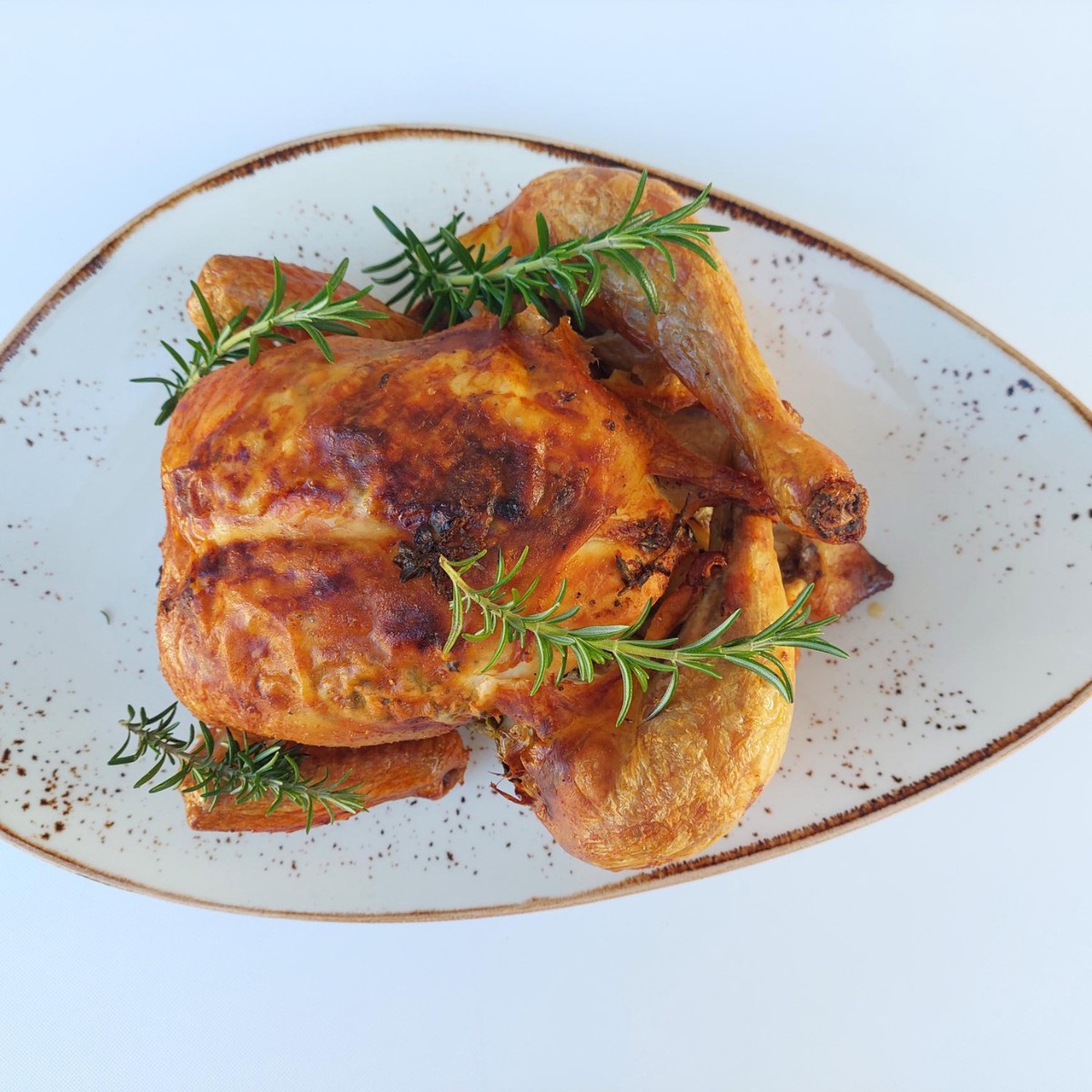
ADVERTISEMENT CONTENT BELOW
Frying is a dry-heat cooking method that involves cooking food in hot oil or fat until golden brown and crispy. This technique is commonly used for frying foods such as chicken, fish, potatoes, and doughnuts, resulting in deliciously indulgent dishes with a satisfying crunch. It’s essential to use the correct type of oil and maintain the proper frying temperature to achieve optimal results.
Frying basic methods of cookery — Use a frying thermometer to monitor oil temperature and ensure that it stays within the recommended range of 175-180oC (347-356oF) for a crispy result.
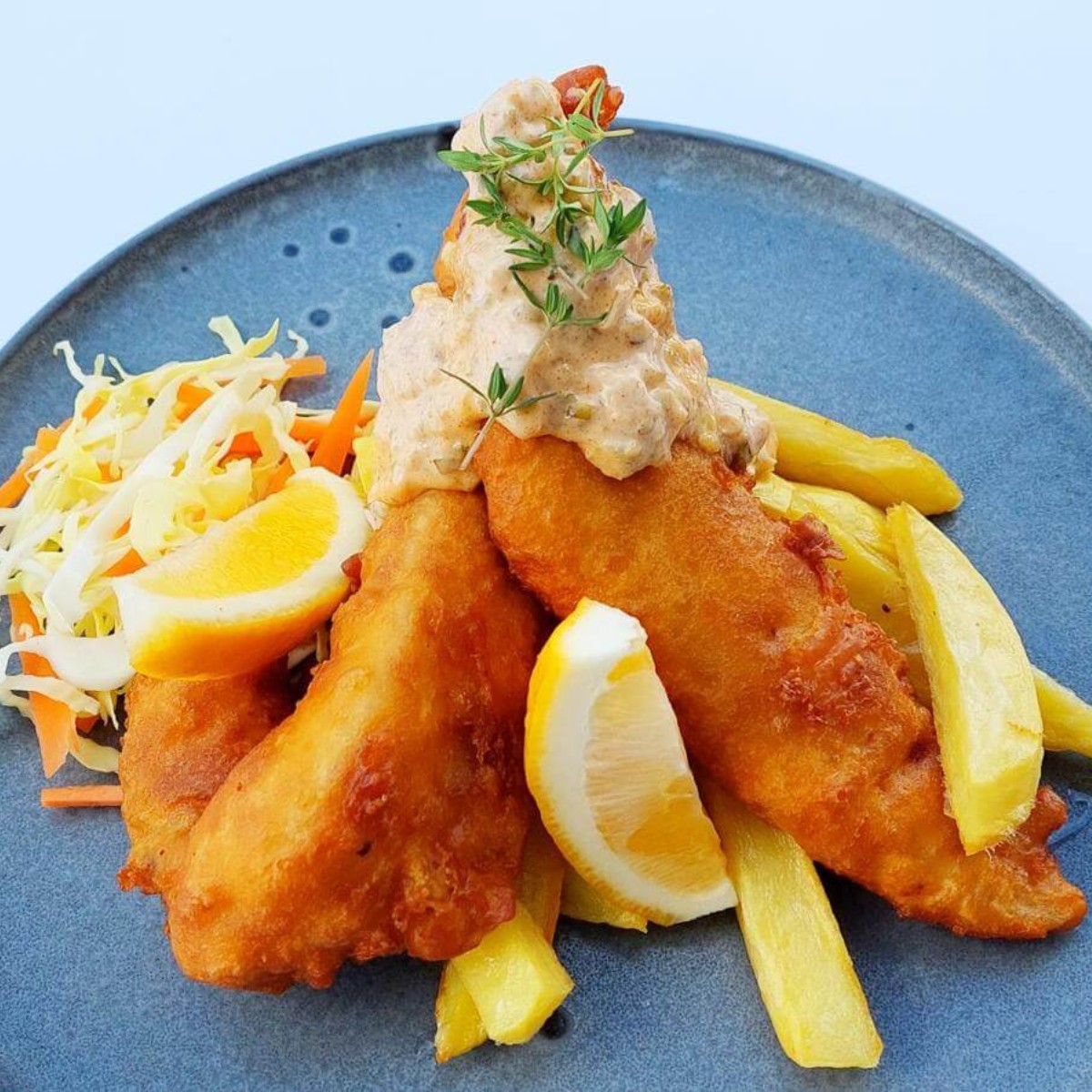
How to make beer battered fish, a classic pub delight. Learn how to create this classic culinary masterpiece in your own kitchen and satisfy your cravings.
Grilling is a dry-heat method that involves cooking food over hot coals or an open flame. This technique is ideal for cooking proteins such as steak, chicken, or vegetables, imparting a smoky flavor and distinctive grill marks. Grilling requires proper preparation and attention to cooking times to ensure that the food cooks evenly and retains moisture and flavor.
Grilling basic methods of cookery — Oil the grill grates or marinate the food before grilling to prevent sticking and enhance delicious flavor.
Tandoori chicken kebabs are a popular Indian dish that combines aromatic spices and unique cooking methods. Which makes for a delicious and satisfying dish.
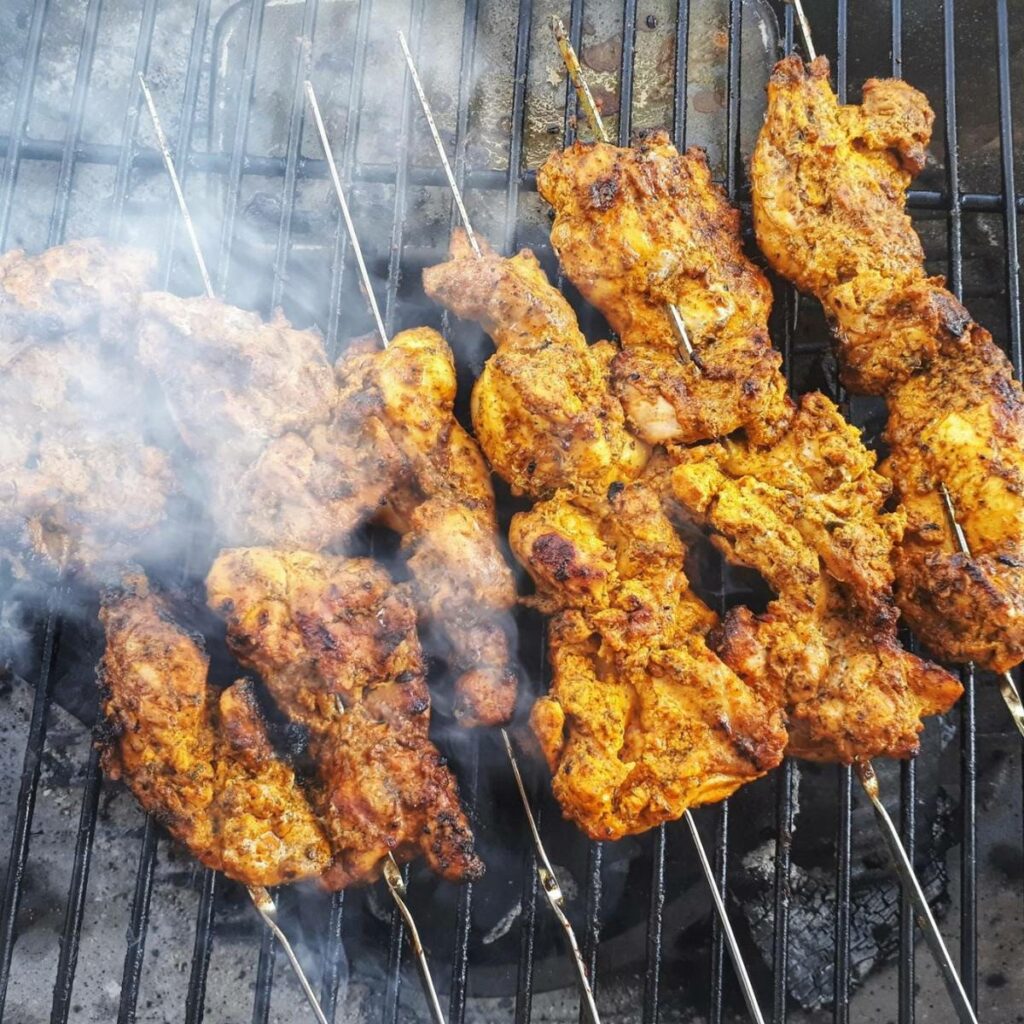
Sautéing is a dry-heat method that involves quickly cooking food in a small amount of oil over high heat. This technique is perfect for tender proteins such as shrimp, scallops, thinly sliced meats, and vegetables, resulting in dishes with caramelized exteriors and vibrant flavors. Sautéing requires constant stirring and attention to prevent burning and achieve even cooking.
Sautéing basic methods of cookery — Pat food dry with paper towels before sautéing to prevent excess moisture from lowering the pan’s temperature and inhibiting browning.

This purple asparagus recipe is delicious, and I love it sautéed and drizzled with truffle oil. This recipe will have your guests calling for more!
ADVERTISEMENT CONTENT BELOW
Searing is a high-heat cooking method used to brown the surface of meat or vegetables quickly. Preheat a skillet or grill until very hot, then cook the food briefly on each side until caramelized. This process enhances flavor, creates a crispy exterior, and helps lock in moisture. Allow the food to rest before serving to ensure juiciness and even cooking.
Searing basic methods of cookery — Heat the pan to a high heat, the oil should be shimmering before placing the meat into the hot pan. This will prevent excess moisture from lowering the pan’s temperature and inhibiting browning.
Ribeye steak and roasted vegetable salad, add a homemade strawberry balsamic vinaigrette, and you have a fantastic, truly amazing combination that will make your tastebuds sing. The perfect summer main course.

Stir-frying is a high-heat cooking method that involves cooking food quickly in a wok or large skillet with a small amount of oil over high heat. This technique is commonly used in Asian cuisine to cook vegetables, meats, and noodles, resulting in crisp textures and bold flavors. Stir-frying requires fast-paced cooking and constant tossing to ensure that the ingredients cook evenly and retain their vibrant colors and nutrients.
Stir-frying basic methods of cookery — Cut ingredients into uniform sizes and cook them in batches to ensure even cooking and avoid overcrowding the pan. Overcrowding can lead to temperature loss and inhibit browning.
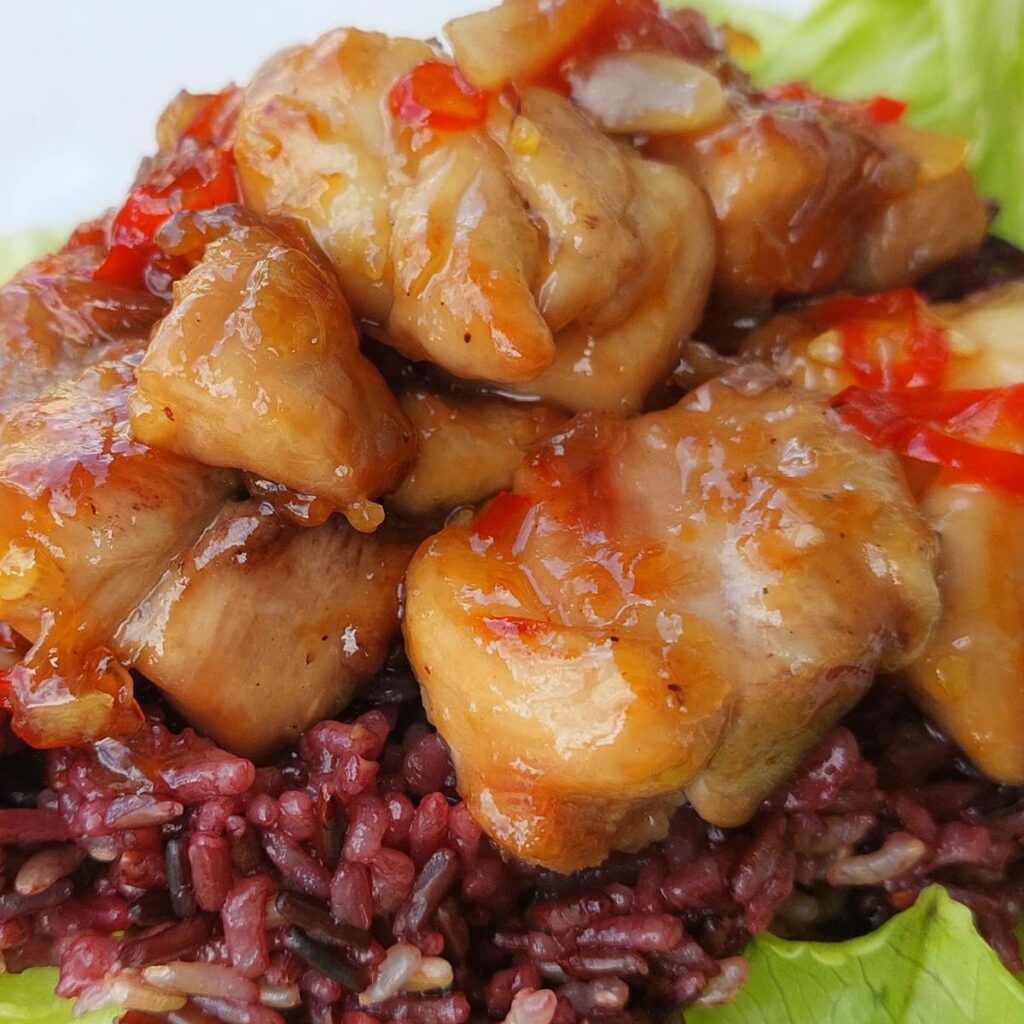
Sweet chili chicken stir-fry is the most straightforward recipe you’ll find. It packs a spicy punch, so if you’re looking for a hot, sweet chili chicken recipe, this is it.
Cooking is a science and a skill that requires a deep understanding of both the technical and creative aspects. Cooking is also a matter of precise measurements and ratios.
For example, baking is particularly sensitive to accurate measurements and temperatures. A slight deviation in the amount of an ingredient or cooking degrees can result in a completely different outcome. So, to help you, here is a handy little unit converter tool for cooking without guesswork.